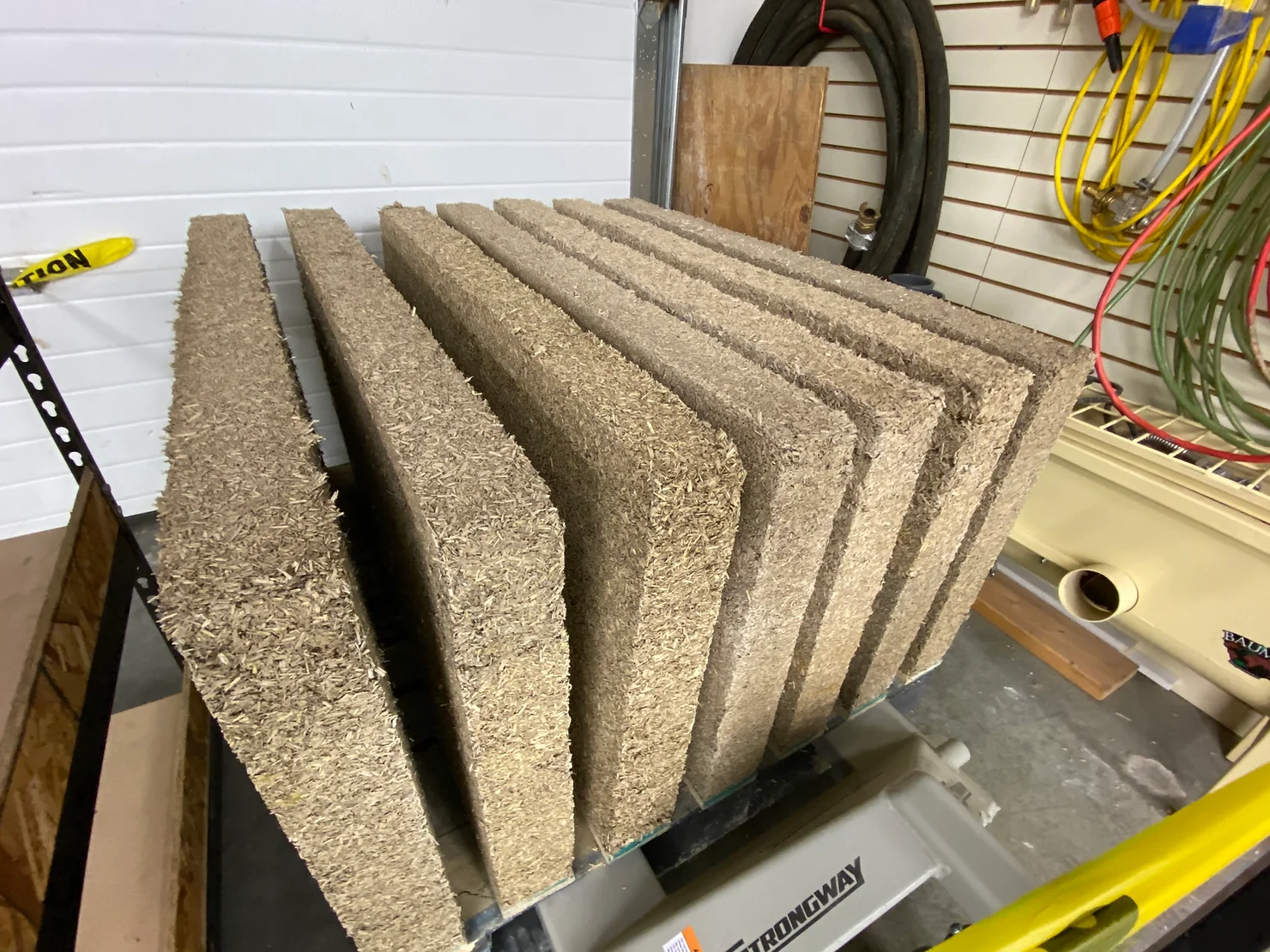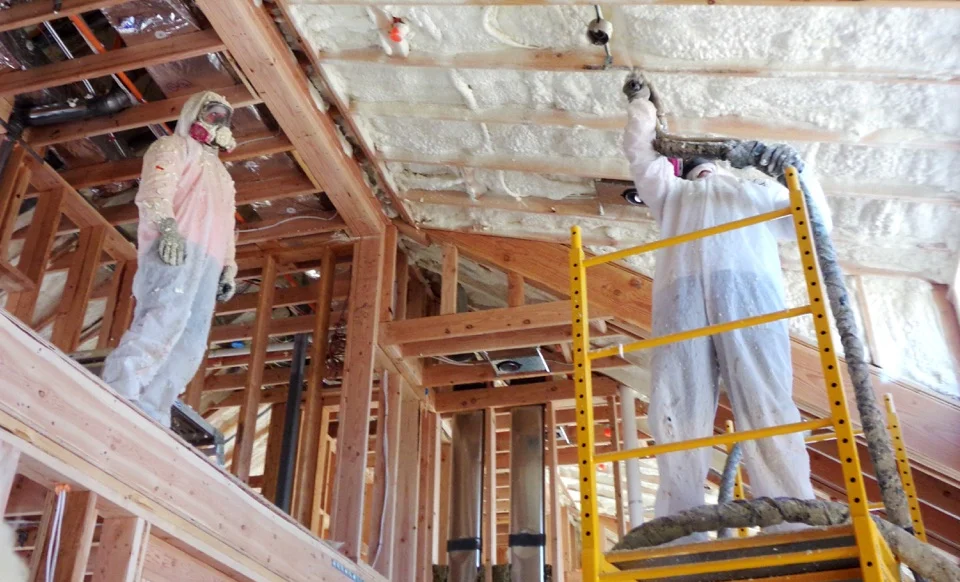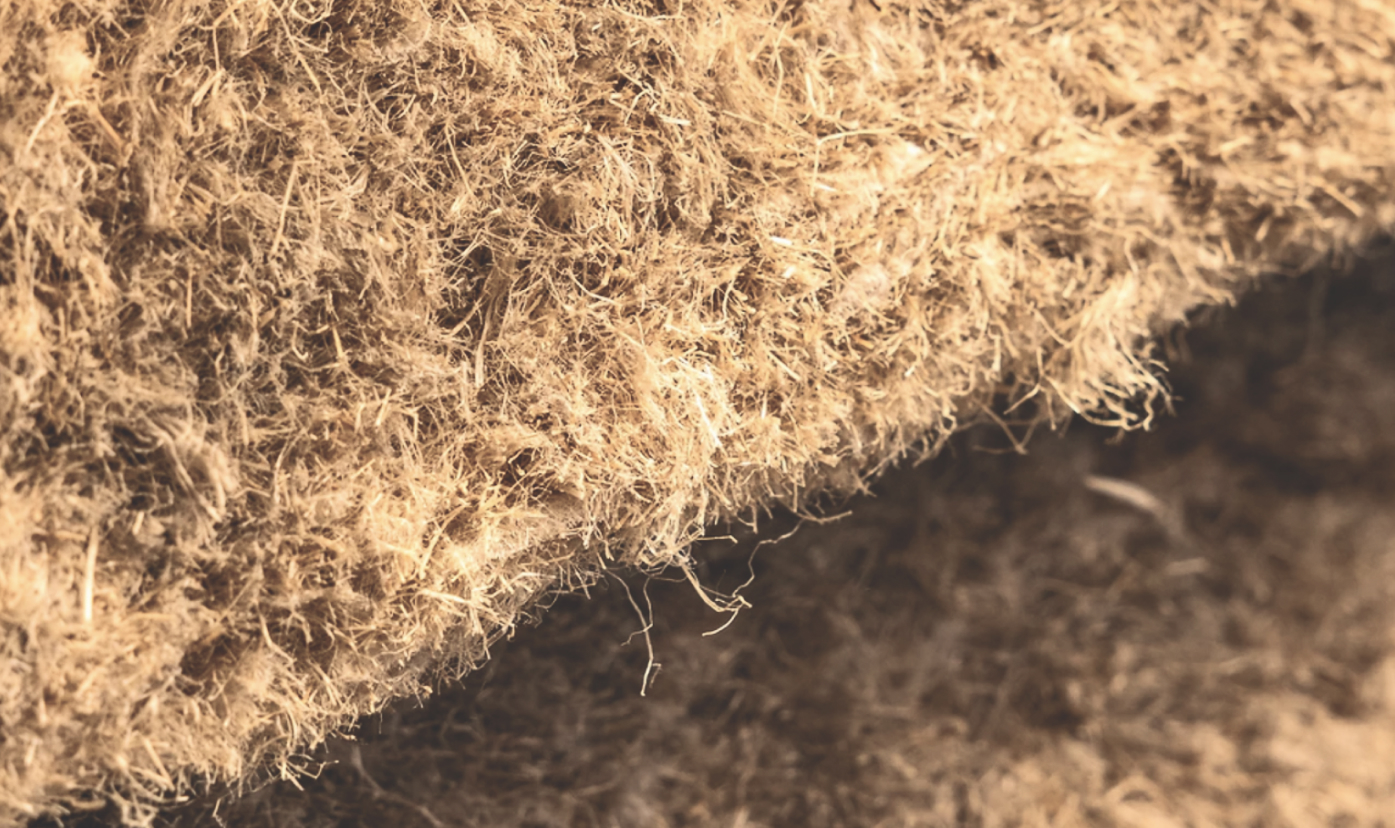Carbon has been a big topic of discussion in the insulation industry recently. In regards to eco-friendly materials and actions that can help combat climate change, the way materials are made has a huge impact.

Carbon is known to be detrimental to the Earth’s atmosphere when produced in large quantities. Most of the things we make require that carbon be produced as a by-product, so the less carbon we can produce while making materials, the better off we’ll be.
This issue has become so critical that many governments are striving to lower their carbon emissions through the implementation of a carbon tax and introducing laws and bills that regulate carbon emissions and improve energy efficiency such as the Green New Deal and the Clean Air Act. The building industry is no exception to this, while insulation is crucial for energy efficiency in homes, many conventional types of home insulation produce more carbon than others.
Low embodied carbon insulation is the insulation that’s been produced, transported, and installed with the intent of minimizing carbon emissions below a certain threshold. In case you’re looking for the most eco-friendly option when it comes to quality home insulation, let’s take a look at some of the best options.
The Different Types of “Low Carbon” Classifications
There are four main types of “carbon-friendly” products. There is low-embodied carbon, low-carbon or low-carbon footprint, zero-carbon loft, and carbon-negative.
Low-embodied carbon products produce a low level of carbon during the production, transportation, and installation of the product.
Zero-carbon loft refers to a product or a home built with products that produce no carbon from the beginning of the production of the materials and indefinitely into the future after installation has been completed.
Carbon-negative refers to a product or material that removes more carbon from the atmosphere than it produces.
For example, hemp insulation is generally referred to as a carbon-negative product because, during the lifespan of the hemp plant’s growth cycle, it removes more carbon from the atmosphere than the amount needed to process the hemp into insulation once harvested.
Common Insulation Materials and Embodied Carbon
Many common insulation materials when looking at them on a pallet may be low carbon, but the process of their manufacturing, as well as fuel expenditures to transport them typically from abroad, create high embodied carbon.

For example, mineral wool has a high embodied carbon due to the amount of carbon it creates during extraction and manufacturing as these materials require a very high-heat oven to produce these materials. Even though made from recycled content, which is a good thing, that doesn’t tell its entire sustainability story.
Polystyrene insulation is another type of synthetic plastic insulation that has a lower carbon footprint than many other materials. Thus from a building operations perspective, polystyrene may be considered eco-friendly. However, from an embodied carbon perspective, polystyrene, commonly referred to as polyiso, has an environmental impact that must be weighed.
The Best Way to Build a Low Carbon Home is with Hemp Insulation
Hemp outperforms almost all other types of insulation because it is a carbon-negative product. It absorbs more carbon from the atmosphere than it produces during harvesting, production, transportation, and installation. Not only that, but it also stacks up well in every other category for high-quality insulation.

It’s easy to install and requires no protective gear, unlike fiberglass and other common insulation types. Its R-value is just high enough to provide quality protection against air loss or intrusion without being so airtight that compromises health or air quality inside the home.

HempWool is a cradle-to-cradle material in that its bio-based from the start. It begins with a seed and it ends up being a compostable material*. That doesn’t mean it will break down in your walls. HempWool is a strong fibrous mat, thanks to Industrial hemp being one of the strongest naturally occurring fibers on the planet. It’s also treated with a bio-based fire retardant that improves the lifespan of the material itself, it will not break down or cause mold in your walls or anything of that sort, due to the fiber characteristics and the vapor permanence
*Continued research is being done on the complete Life Cycle Analysis of these materials.
If you want the best choice for insulating homes when it comes to carbon emissions, utilize a product like HempWool® that removes more carbon from the air than it produces. If you need the best low-carbon insulation on the market, contact Hempitecture today to get in touch with an insulation specialist.



